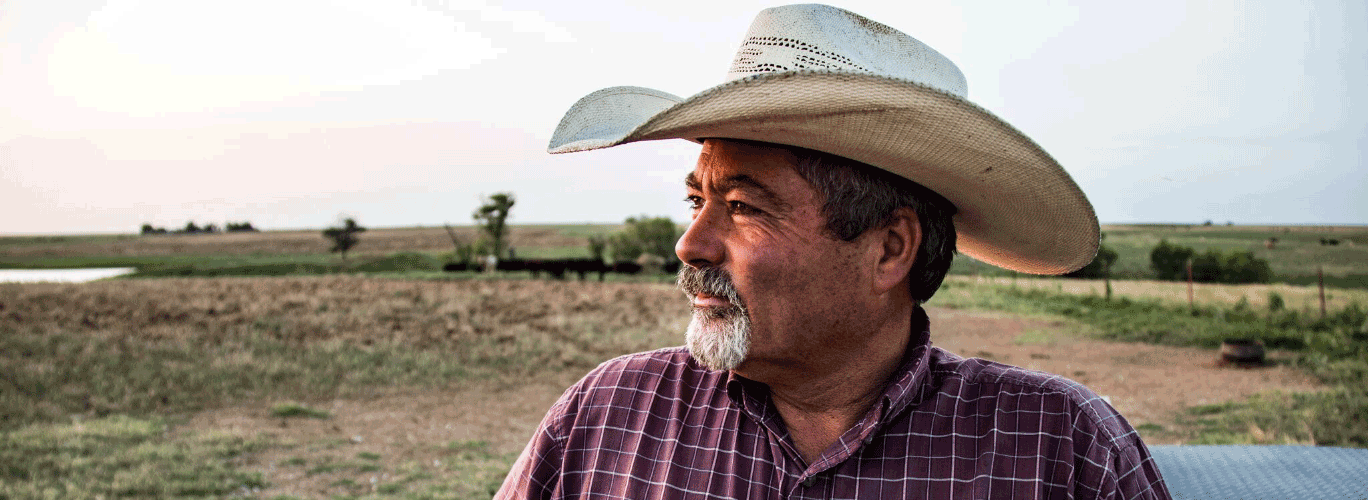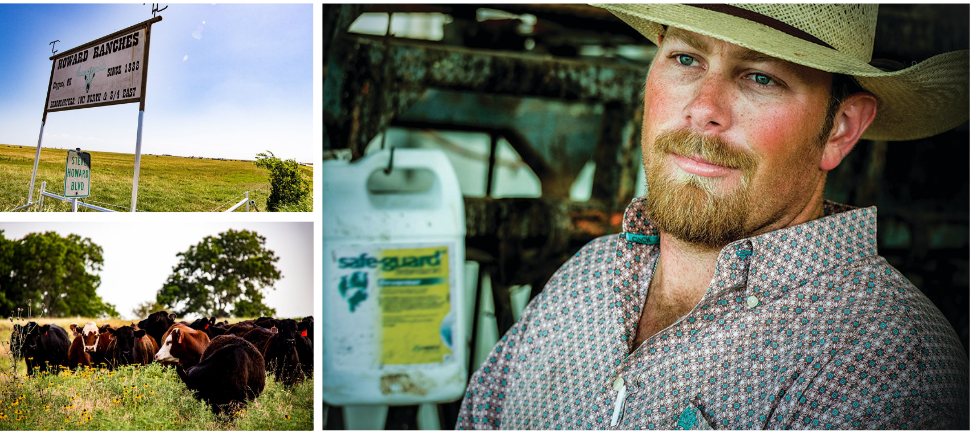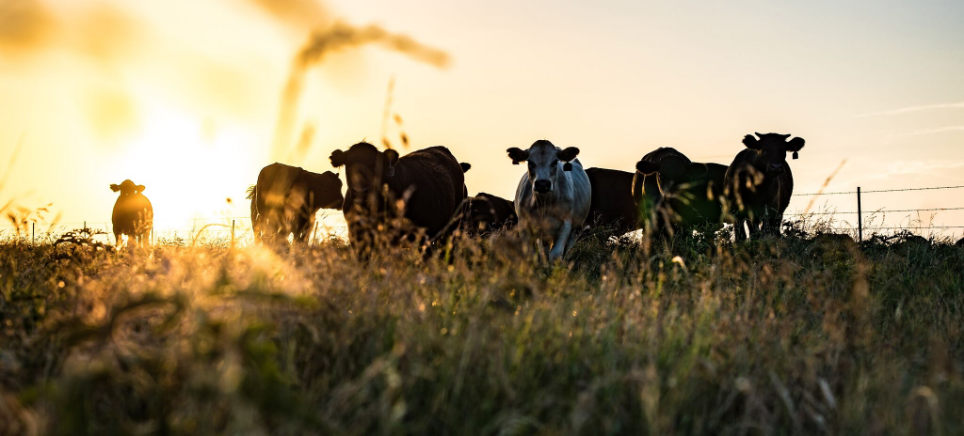
No Surprises
How SAFE-GUARD helps one stocker navigate health risk in a high-risk business.
Steve Howard hastily thumps his adding machine in the dim, predawn hour — then stops. The cattle stocker’s business is a numbers game, and for the time being, Howard Ranches is winning.
“We’ve got to be buying and selling cattle to keep the cash flow going,” he explains. “The turnaround on these stockers is what we like; we can run them year-round. That way we can always be in the market.”
High-risk calves come and go every day on the Claypool, Okla., ranch, where Steve and his brother, Jim, typically manage hundreds of calves. The pair represent the family’s fifth generation to earn a living from the region’s loamy dirt, ideal for growing native grasses and wheat pastures as far as the eye can see.
“We want to get all the cheap gain we can get here,” Steve says. “It’s not just enough to buy the cattle right. You’ve got to get the cattle healthy and do all the things right that everyone has to do, but you have to manage the resources for optimal gain. We want them to get that off of what we can grow.”
The Howard’s great grandfather first set roots on the same, then untamed, prairie of the 1870s. In every generation since, the family has transformed its business, adopting different models to stay profitable and adapting to challenging market or weather conditions. Steve has seen his father’s cow-calf operation with retained feeder calves transform in today’s fast-paced stocker operation.
The family’s stalwart “do what it takes” attitude is met with a “do what it is right” health approach. And that includes SAFE-GUARD® cattle dewormer.
“You don’t get many shots at doing business with someone, so you better make sure it’s right,” Steve says. “When you describe the cattle, they better be what you say they are, whether it’s the weigh-up or the quality or the condition. The cattle need to be exactly what they’re represented to be whether I’m buying or selling.
“Nobody likes surprises.”

Reduced Risk, Bigger Gains
Commingling and growing large quantities of calves from various locations poses a unique set of health challenges. Howard Ranches buys mostly from outfits across the state, but also brings in calves from the Southeast or sources calves from the mountains in the fall.
While they have several repeat customers, background information is scarce.
“As soon as they arrive here, we run them through and give them a series of shots and brands and dewormer,” says Kade, Steve’s son who helps administer health protocols to incoming calves and monitor new arrivals. “We use SAFE-GUARD because it’s easy on them. We prefer drench. It works fast and it’s good on those high-risk cattle.”
Steve says they keep new calves in the traps nearest the headquarters for several days following treatment. Once they’re out of the weaning pens and ready, the Howards move them to a half-section pasture to make way for newer arrivals. By then, SAFE-GUARD has rid their systems of worms and set them up to gain, he adds.
“It definitely helps their performance. And we’ll also go ahead and worm them in the pasture through the feed, too, if needed,” Steve notes. “We just figure up how much product we need to get in them then just blend it in our ration. It cleans them up right away. They get dewormed and they never even knew it.”
“We run fecal tests after we use different products, and the cattle that we dewormed with SAFE-GUARD were cleaner, longer. So I know it works,”
— Steve Howard, Howard Ranches, Oklahoma
The Right Choice
Like every decision on Howard Ranches, the SAFE-GUARD choice makes economic sense.
“We run fecal tests after we use different products, and the cattle that we dewormed with SAFE-GUARD were cleaner, longer. So I know it works,” he says. “It’s broad spectrum, it works, it’s cheap, it’s easy on the cattle and it won’t kill the dung beetle.”
Cattle perform better and cost of gains are more efficient, Kade says. “As long as they’re clean of worms, they’re going to be out there grazing and doing what they’re supposed to do. We’ve been using SAFE-GUARD for a long time for that reason.”
Steve adds, continued fecal tests prove there’s no problem with resistance. The result is evident in the bottom line, and in the Howard’s reputation for well-represented, healthy calves.
“Dad used to say a long time ago, you take care of the cattle and they’ll take care of you. He told me that’s what his dad told him,” Steve says, smiling. “There’s a lot of truth in that. And that’s how we’ll hopefully get this operation into the sixth generation. Keep those calves gaining and growing and healthy. Keep ‘em happy, and they’ll take care of you.”

